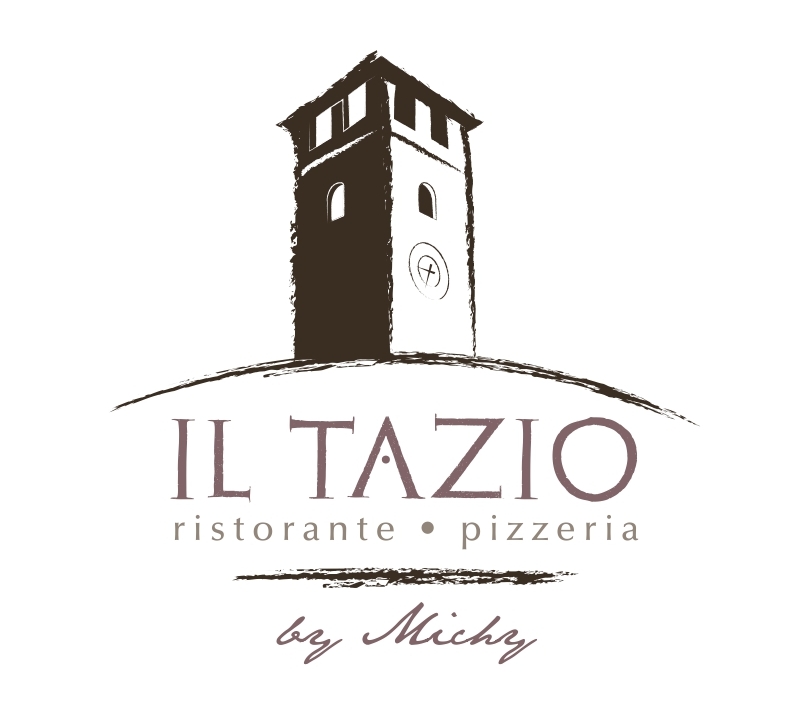Chapel of San Rocco
The small chapel dedicated to S. Rocco stands in the parvis of the parish church of Villongo S. Filastro, behind the apse, in what was once its cemetery. It is an open chapel, closed in two parts: on the south side, where the altar is located, and on the east side, where a wall separates it from the road. The other two sides are open and rest, with round arches, on an elegant column in Sarnico sandstone. The ceiling is composed of an “umbrella” vault and a cross vault joined to support a gabled roof. The load-bearing frame is made of wood with overlying planks and terracotta tiles. As for the decorations, the vault is made up of painted bands that surround and conclude the lunettes by connecting to the walls, divided into compartments by fake marbled pillars. Each plume, for a total of six, houses an oculus, seen in perspective of which the sky appears crossed by white or orange shades of clouds. Fake pillars, arches, bands and spandrels are stained and streaked to imitate the veins of marble of various colors, from warm to cold tones. Inside, a modest masonry altar and two stone columns delimit the apse. The floor covering is in terracotta. The dating of the chapel painted by Romanino has taken place between the years 1526-1528, due to the certain presence of Romanino in those years in the Calepio valley, and due to the spread of the cult of San Rocco from 1525, the year in which the plague ended.
From an artistic point of view, the chapel is decorated with a fresco cycle, shown on three large wooden panels, inserted in an architectural structure similar to the Renaissance loggia buildings typical of the Brescia and Bergamo areas. In the center the Virgin, dressed in red and blue with a white drape that frames her head soaked in light. In her arms she holds the Child, who extends his arm to clasp the mother’s mantle. In the background is a green drape that covers the backrest, on which two little angels are seated, contrasted by two others standing next to the Madonna. On the sides, S. Rocco and S. Sebastiano observe her, one with a green grass dress and a very damaged topaz mantle, the other with a modeled nude with a white loincloth.
On the other wall, in the short stretch on the right, is the figure of St. Jerome, depicted naked with a white loincloth that wraps around the pelvis and pubis, holding a crucifix in his left hand. On the left the wall is divided into two squares; in the smaller one is S. Filastro with pontifical robes (embroidered golden-yellow cope, silver miter, white alb) and in the other panel a very spoiled scene from the life of a saint. The most reliable attribution is in the figure of St. Rocco giving bread to the poor, while in the background other figures, mostly lost, observe the scene from a loggia. The clearly Lombard-style architecture is part of that novelist vein present in Cremona and in all the great compositions of the artist in his later period.
Text by Giulia Restori















